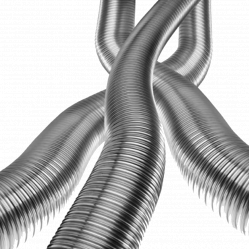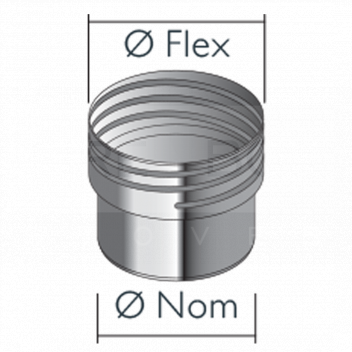Technical Details
| Product Title | 155mm Twist Fit Multiflex Adaptor (Single Wall to Liner) |
|---|---|
| Product Keyword | 155mm Twist Fit Adaptor, Multiflex Connector, Single Wall to Liner, Chimney Liner Adaptor, Flue Pipe Adaptor |
| Diameter | 155mm - 6in |
Product Description
155mm Twist Fit Multiflex Adaptor
The 155mm Twist Fit Multiflex Adaptor is an essential component designed to connect single wall pipes to flexible liners with ease and reliability. This adaptor is perfect for creating secure and efficient connections in your flue or chimney systems.
- Diameter: 155mm
- Easy twist fit connection
- Suitable for connecting single wall to flexible liner
- Durable construction
- High-temperature resistance
- Corrosion-resistant materials
- Quick and straightforward installation
- Ensures a gas-tight seal
- Meets relevant safety and construction standards
Reviews
Flue & Chimney > Flexible Flue Liner

Flexible Flue Liner
Designed to line and existing chimney or other flue system, our flexible flue liners from Schiedel are exceptional in quality and performance, built to last and tested to withstand extremely high temperatures. Composed of 316 grade corrosion-resistant stainless steel (with 904 grade stainless steel options available for more corrosive fuel types), these liners are suitable for oil, gas and solid fuel appliances. Available in a range of sizes and lengths, from 1 metre upwards, and now with a lifetime guarantee, these liners will help maximise the performance of your appliance for years to come.





